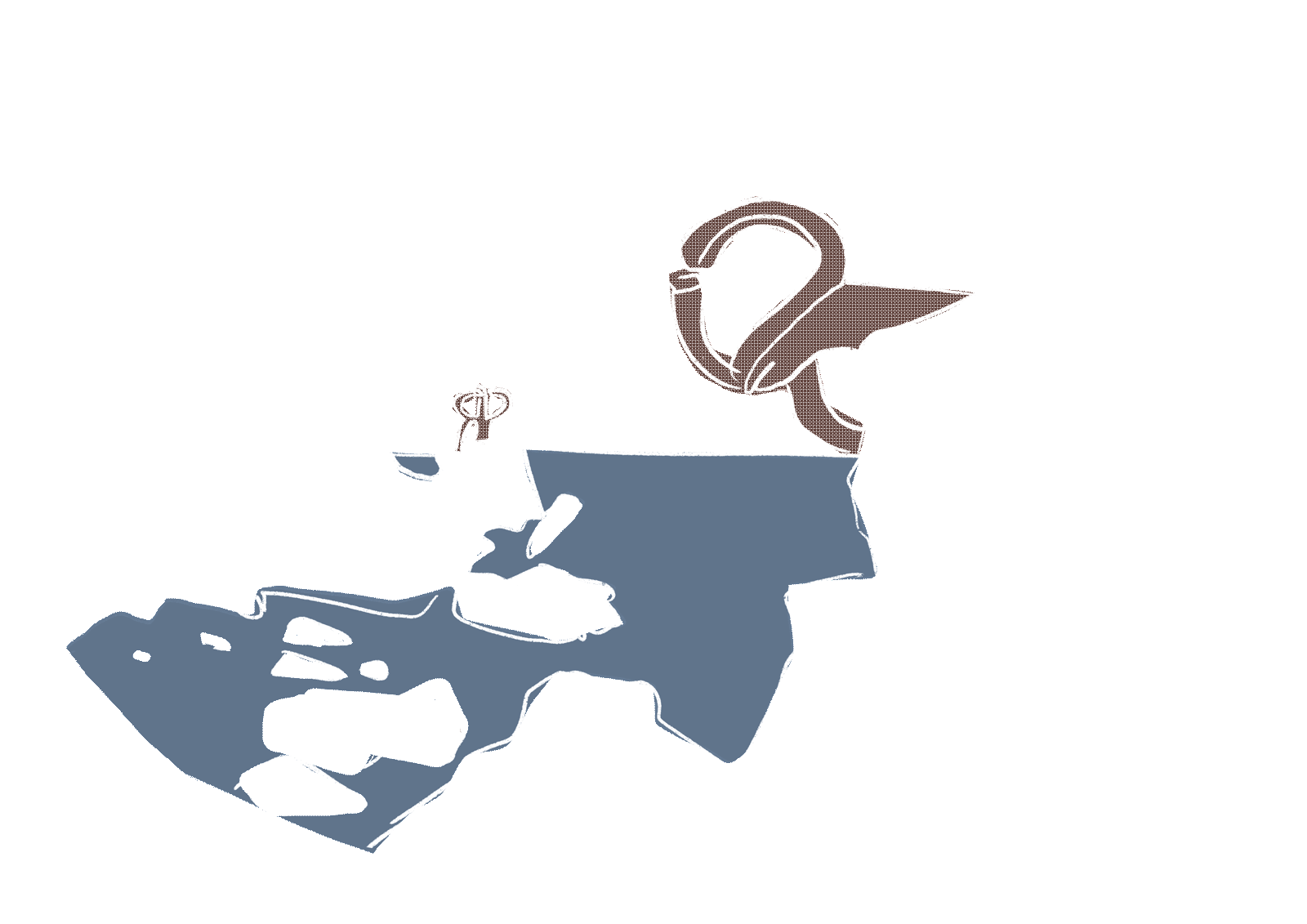A brief, and French, history
March 1, 2023 by EMT
Just thinking of the word “beret” immediately stirs up imagery of the soft, circular, oh so chic, and timeless hat. Think beret and you might picture Che Guevara wearing his Basque-style beret, marked with a metal star at the center. Think beret and you might recall how this hat became a symbol of the Black Panther revolution, whose members often wore black berets on top of their afros. Or you may picture a grizzled fisherman, wearing his beret while mending his fishing net.
Whether it’s revolutionaries, runway models or pelota players, the beret has a versatile and varied history across countries and identities. However, it wasn’t always a fashion accessory or political statement. When we look back at its beginnings, it may surprise you to learn the beret wasn’t created by stylish Parisians who ooze effortless elegance. While the French are deserving of the credit for creating the iconic beret, the origins of the cap are ancient and actually far more rural.
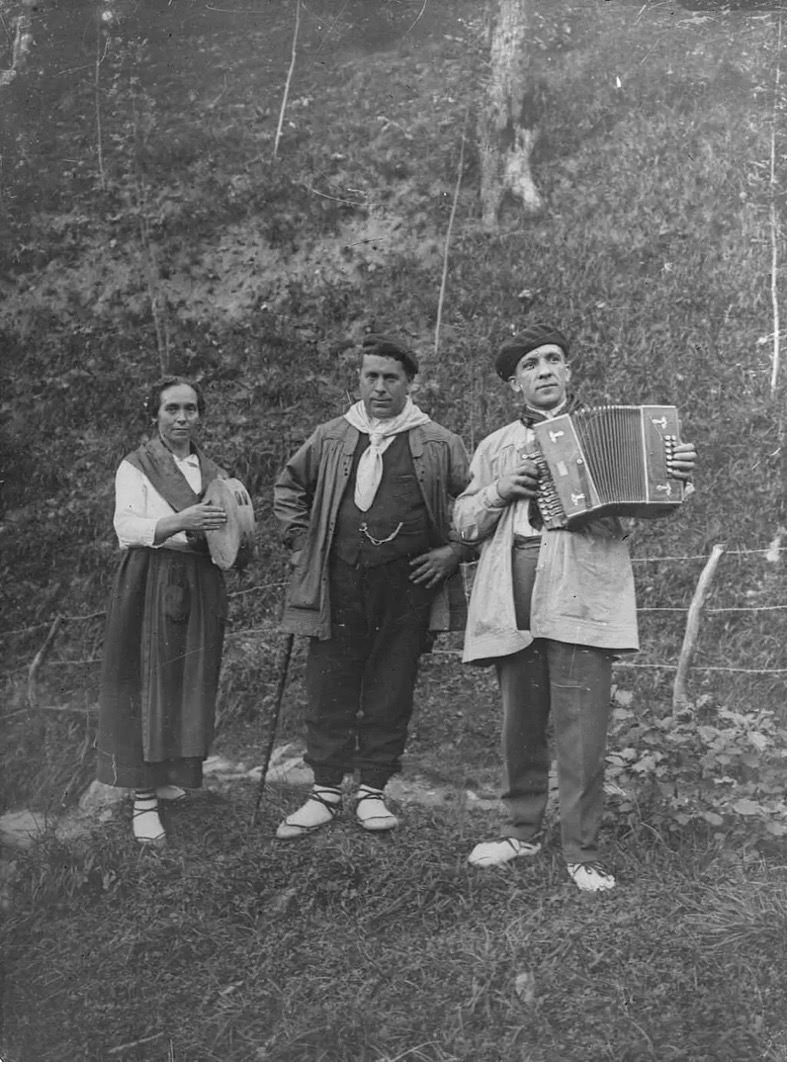
Image credit: GipuzkoaKultura / CC BY-SA 2.0
Origins of the beret
While this topic has been the source of much debate between the Basque and the Bernais, we’d like to help set the record straight that the beret actually hails from Bearn. If you’re not familiar with it already, Bearn is a region of South-West France that sits in the heart of the Pyrenees, and is in quite close proximity to the Basque Country. According to historians, it is in this French region where 15th century shepherds popularized the modern beret.
These Pyrenean shepherds correctly assumed that if wool kept their precious sheep at a comfortable temperature, such headgear could also protect them from the cold, wind and rain. And so it began, these early shepherds started to make wide, floppy caps from the wool of their own sheep, sharing their felt creations across the valley.
While they were certainly better protected from harsh climates, the shepherds were not exactly skilled hat makers. With France’s history of textile know-how, artisans caught on to the felt caps and started setting up factories in Oloron-Sainte-Marie to produce berets professionally. Oloron-Sainte-Marie sits at the base of the Pyrenees and is at a crossroads of several regions and rivers, making it a prime location for production and distribution at the time.
Berets in Basque land
As commerce throughout France and Spain continued to boom, Oloron-Sainte-Marie’s strategic position helped spread the use of the beret to non-shepherding populations. As the beret’s popularity grew, it quickly made its way through the Pyrenees and across the Bidasoa River into Spain. La boina, the Spanish word for beret, eventually became a staple in the area’s regional dress. From shepherds and prolific mariners to every day citizens, la TXAPELA the basque word is an emblem of Basque culture and continues to be worn proudly today.

So the “Basque” beret isn’t actually Basque?
When people ask what the Basque Country is culturally famous for, the beret understandably comes to mind but we really have Napolean III to thank for this accessory! The emperor would frequent Biarritz, where he was building the Palais de Biarritz, his seafront summer home, which is now a hotel located in the French Basque country that you can visit today. While in town, he noticed that the laborers constructing his palace, local fisherman and farmers, were all wearing this wool hat. Napolean began referring to the cap as the Basque beret and nobody dared to correct him. So although history also adopted the term “Basque” beret thanks to Napolean, and the hat is a signature of the region’s attire and history, we know that the hat is indeed Bearnaise in origin.
Own a piece of heritage
Now that you’re familiar with its pastoral history and origin, we’ve put together a short list of where authentic berets are being manufactured today. These local businesses have been around since the 1800s and are dedicated to keeping the iconic hat a thriving tradition. Bookmark these locations to take home a piece of heritage.
Founded in 1858 in Tolosa, Spain
Head to Casa Ponsol SL in the Parte Vieja of San Sebastian to find their Elosegui collection
Founded in 1840 in Oloron-Sainte-Marie, France
Stock up at La Boutique du Béret which has locations in Saint-Jean-de-Luz, Bayonne and Nay
Author: Elisa Maria Torres


